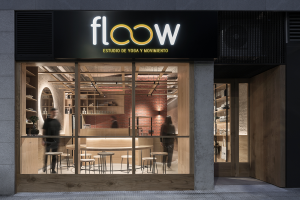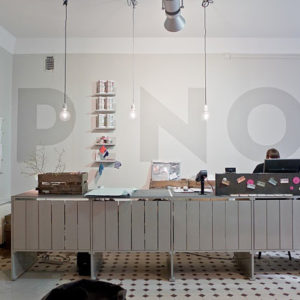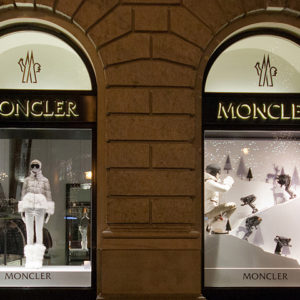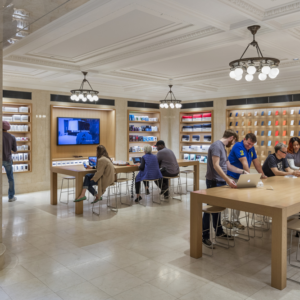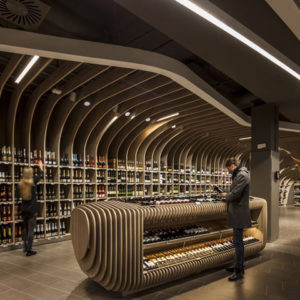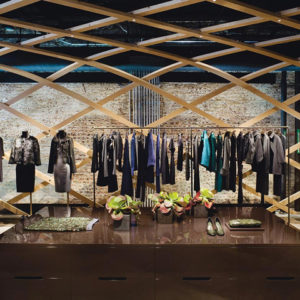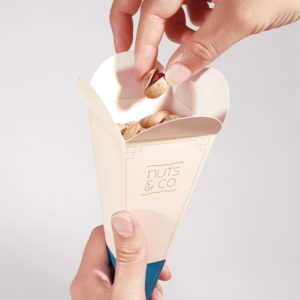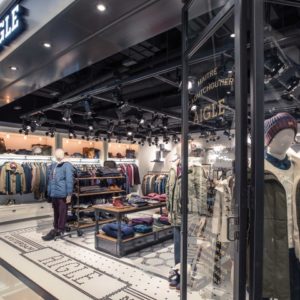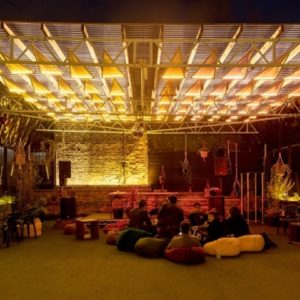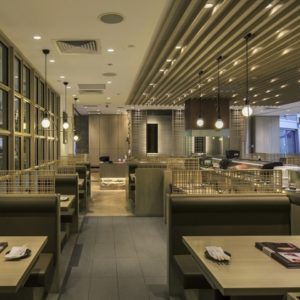
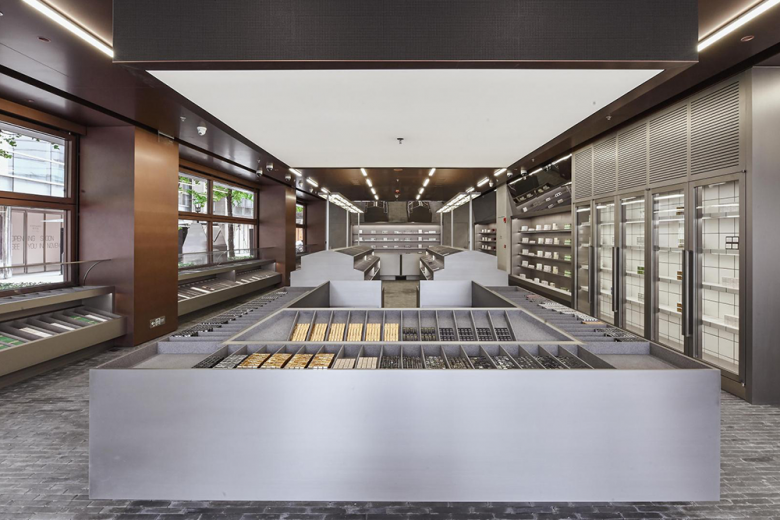
Located in Shanghai’s Xintiandi district, Harmay Market by AIM intends to blur the line between luxury and commodity, need and want.
Essential/non-essential: for many retailers, this distinction determined business as they knew it in 2020. The supermarket is one of the only physical stores it’s been consistently possible to visit over the past year and counting. While many other retailers have struggled or shuttered, supermarkets unsurprisingly saw record sales in 2020. They are deemed essential stores, so it’s understandable that some chains came under fire for selling non-essential items such as homewares during lockdowns. But what about the reverse: non-essential stores selling essential items? At beauty retailer Harmay’s Shanghai’s Xintiandi location, for instance, you’ll find face masks, mascara and body cream alongside dairy products, produce and other fresh goods. Designed by long-time collaborator AIM and known as Harmay Market, the store intends to blur the line between necessity and desire.
Selling groceries wasn’t some sneaky scheme to slip through a lockdown loophole. ‘I’d love to say it was part of a COVID strategy because it’s a pretty smart solution,’ says Wendy Saunders, who runs AIM together with Vincent de Graaf. At the time we spoke, the only real restrictions still in place in China were travel-related. Following a strict lockdown in early 2020, the country’s retail stores have been able to operate under specific guidelines that have relaxed as the situation has stabilized.
Rather, mixing essential items with cosmetic products at Harmay Market was a playful way to ‘question each product’s role and the importance of it’, says Saunders. ‘But it was also a look back at local wet markets that used to be in the area, where everything was available next to each another.’ Working with a place’s story is part of Harmay’s ongoing spatial strategy after starting out as an e-commerce company. As CEO Damien Zhong explained in Frame 133: ‘It’s important to honour the original feel of not just the space, but also its environs and its history.’ Saunders says Xintiandi is now a luxurious part of town where high-rise offices, luxury shopping malls and old houses commingle, but ‘where it’s actually hard to find somewhere to buy something as simple as an apple or a bag of crisps. We wanted to react to and challenge this current-meets-historical context.’
What this looks like in practice begins with an open, accessible shop façade with oversized flip-up windows. Pedestrians will see products as they stroll by, or can closer inspect merchandise on a ‘produce table’, where beauty products might sit alongside bananas. It’s one of the more unusual translations of Zhong’s thoughts on physical retail: ‘When someone walks into a shop, it’s no longer to simply buy something,’ he says. ‘It’s about them taking the initiative to inspire themselves and pique their curiosity with products they weren’t expecting.’ It’s fair to say bananas fall into the unexpected category. Other supermarket-inspired elements include the upstairs e-commerce fulfilment site that recalls a dry-goods section, clear plastic ‘grocery store’ curtains and a conveyer belt checkout.
Despite COVID’s blow to much of the retail market, the beauty industry is expected to bounce back faster than other consumer categories. ‘Even though the economic magnitude of the COVID-19 pandemic on brands and retailers will be far greater than any recession, there are signs that the beauty industry may once again prove relatively resilient,’ published McKinsey & Company in a May 2020 report. ‘In China, the industry’s February sales fell up to 80 percent compared with 2019. In March, the year-on-year decline was 20 percent – a rapid rebound under the circumstances.’ Boston Consulting Group (BCG) agrees, with the authors of its June 2020 article ‘A New Era and a New Look for Luxury’ expecting skincare and makeup sales to recover faster than other luxury goods categories, ‘potentially reaching precrisis levels in 2021 or 2022’.
And which brands does BCG believe will thrive? Among other things, say the consultants, companies that redefine luxury to be ‘less conspicuous and more inclusive, and [invest] in new ways of doing business are more likely to not just power through these uncertain, changing times but emerge stronger for the future’. By exploring the liminal space between luxury and commodity, and by counting on the inclusivity of supermarkets and grocery stores – which Saunders considers representative of ‘one of our most common shared experiences as humans’ – Harmay is doing just that.
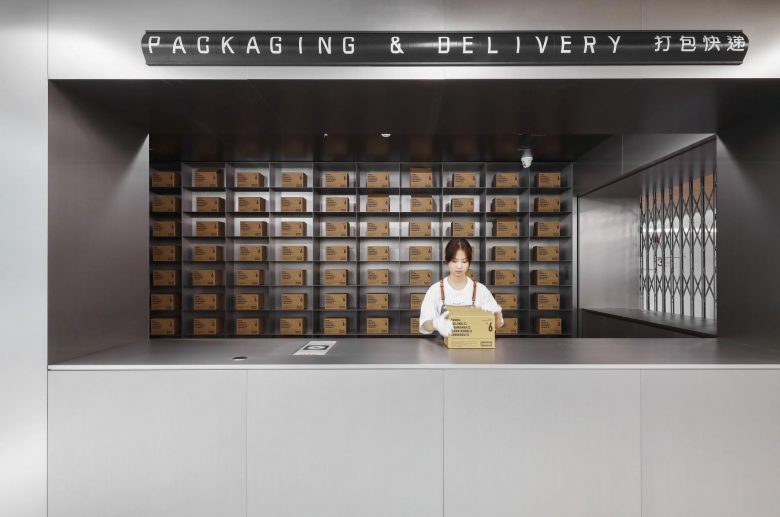
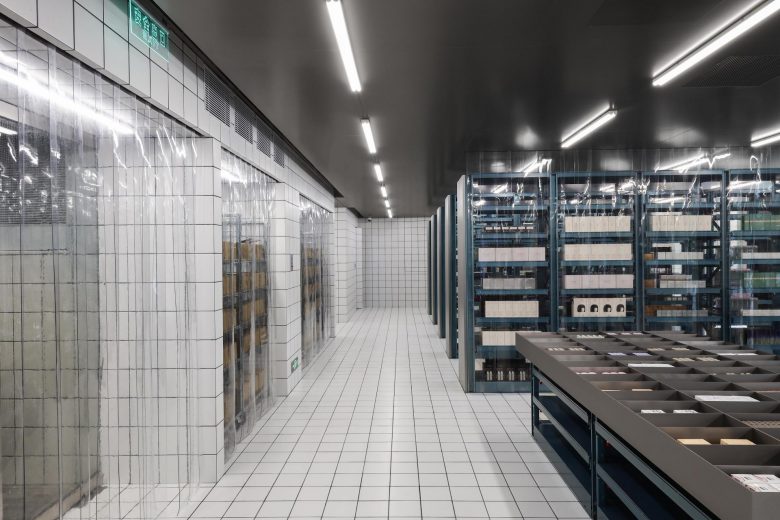
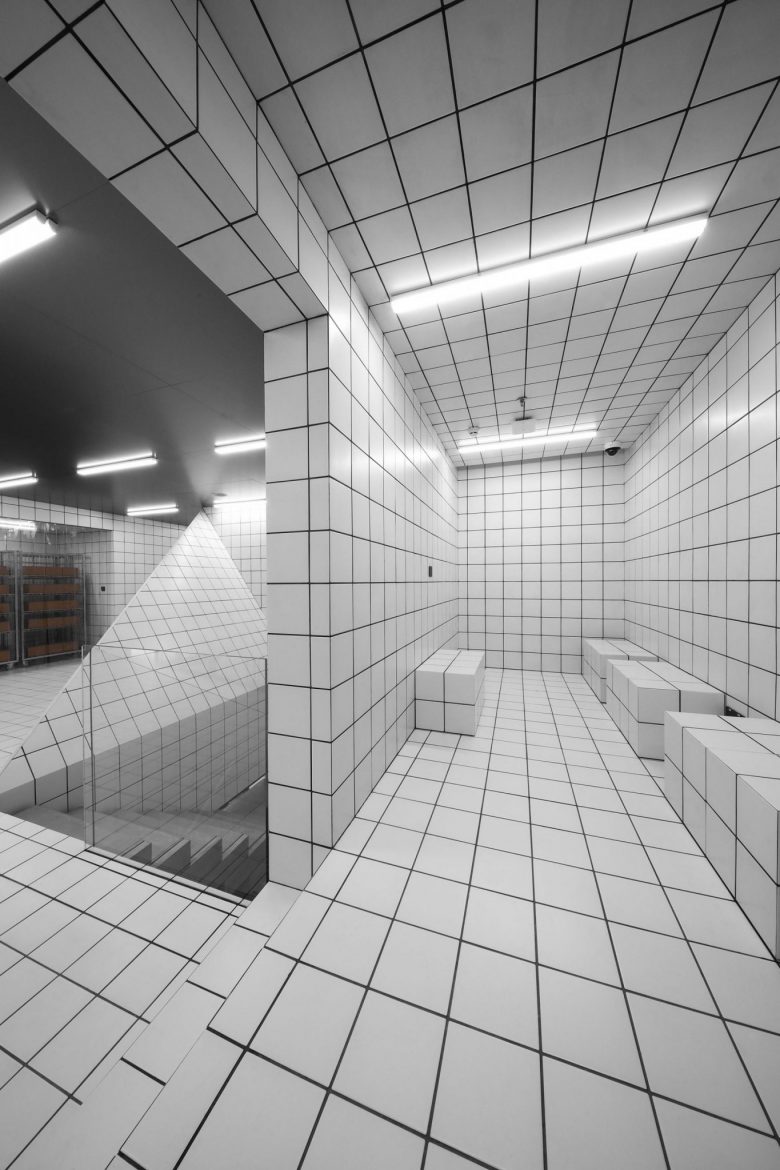
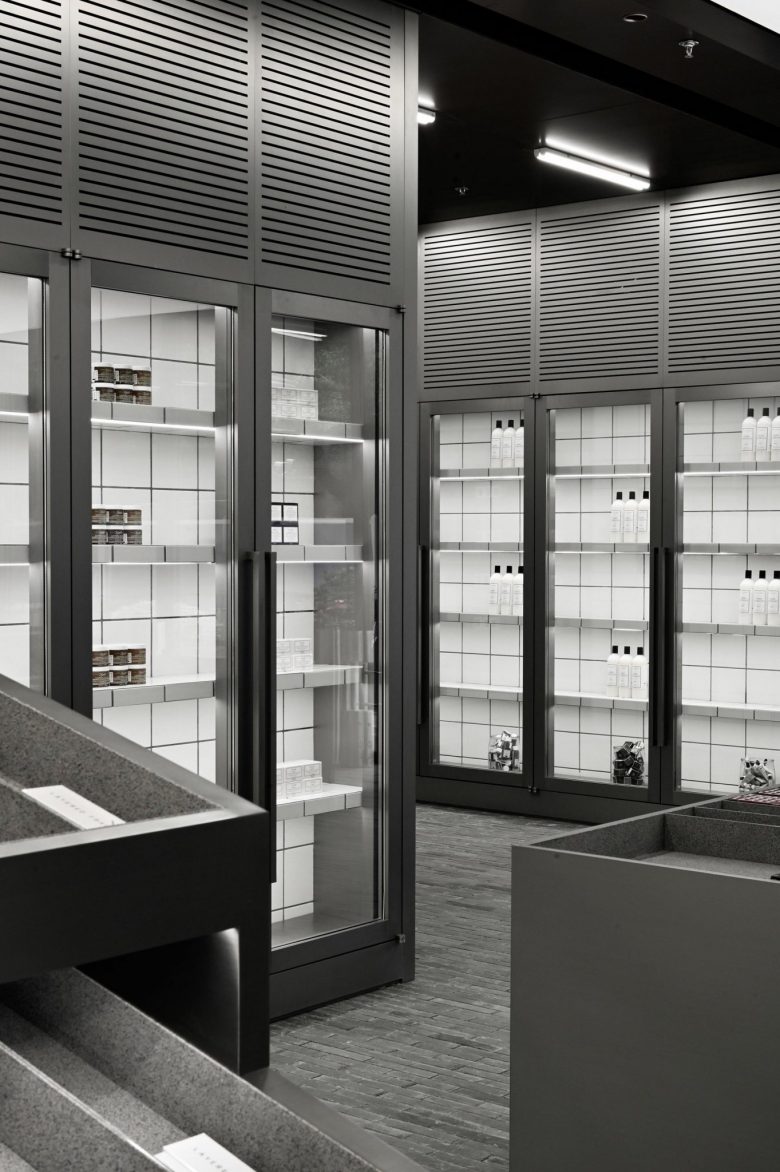
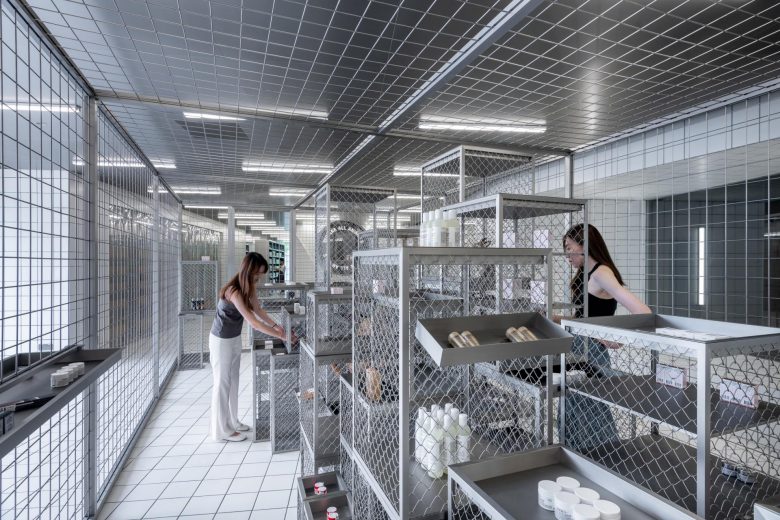
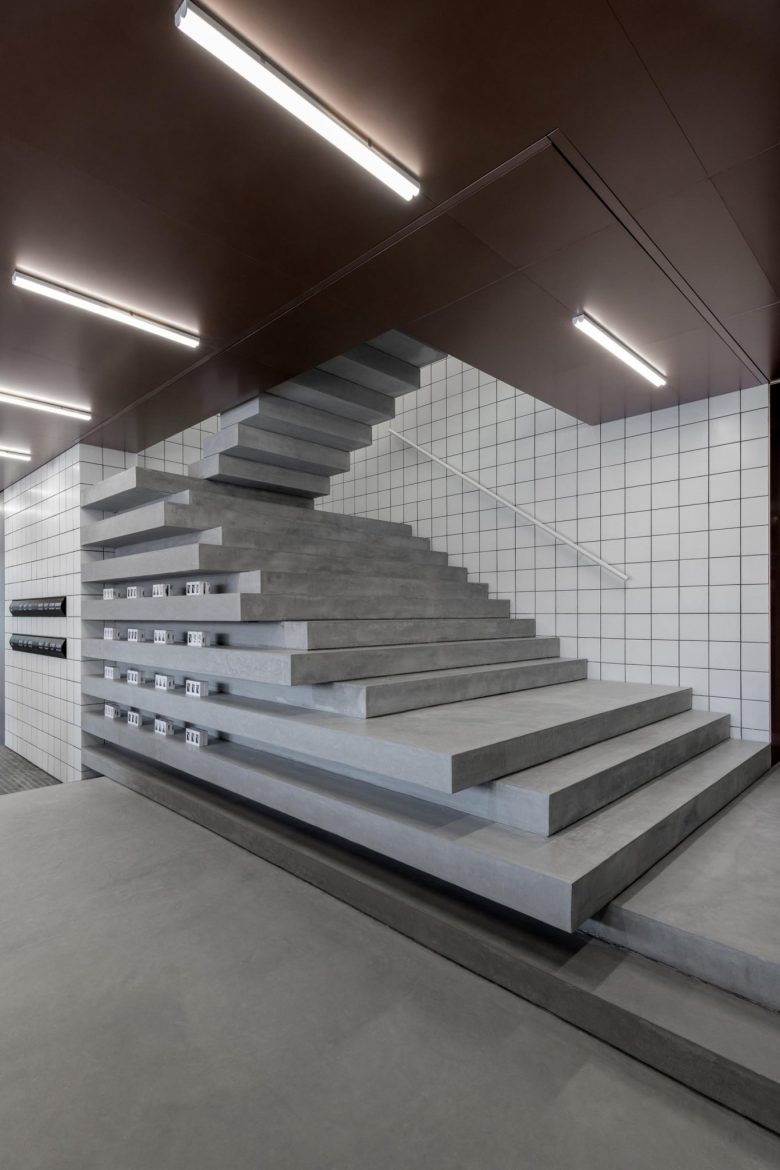

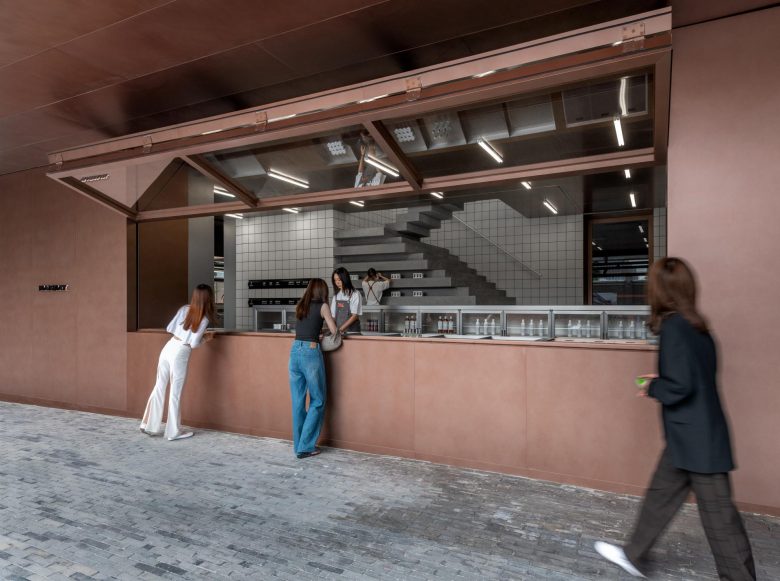
Add to collection
